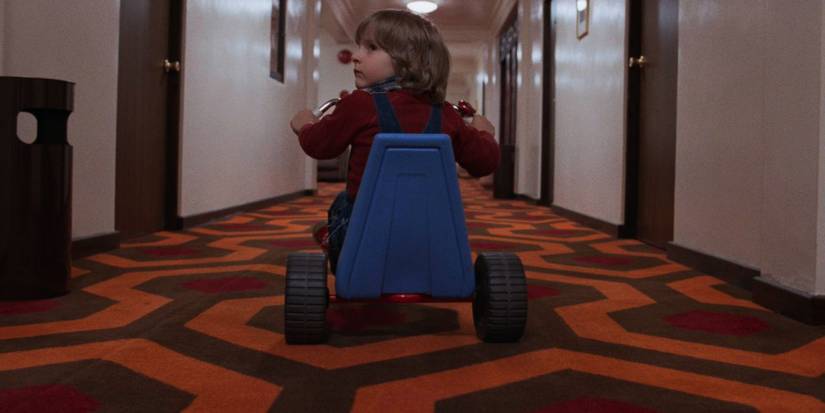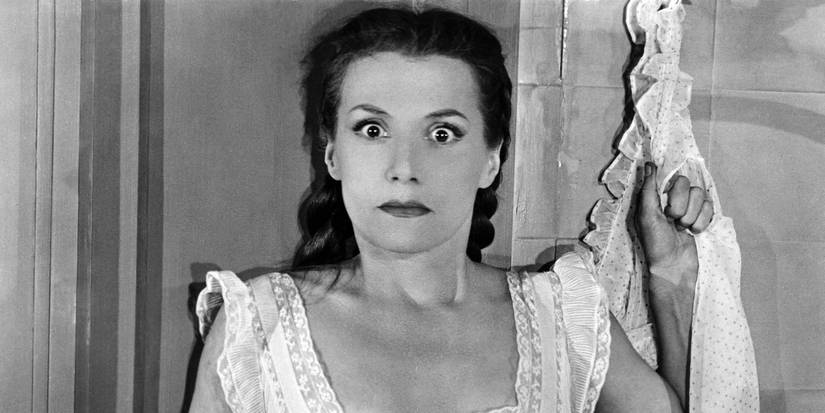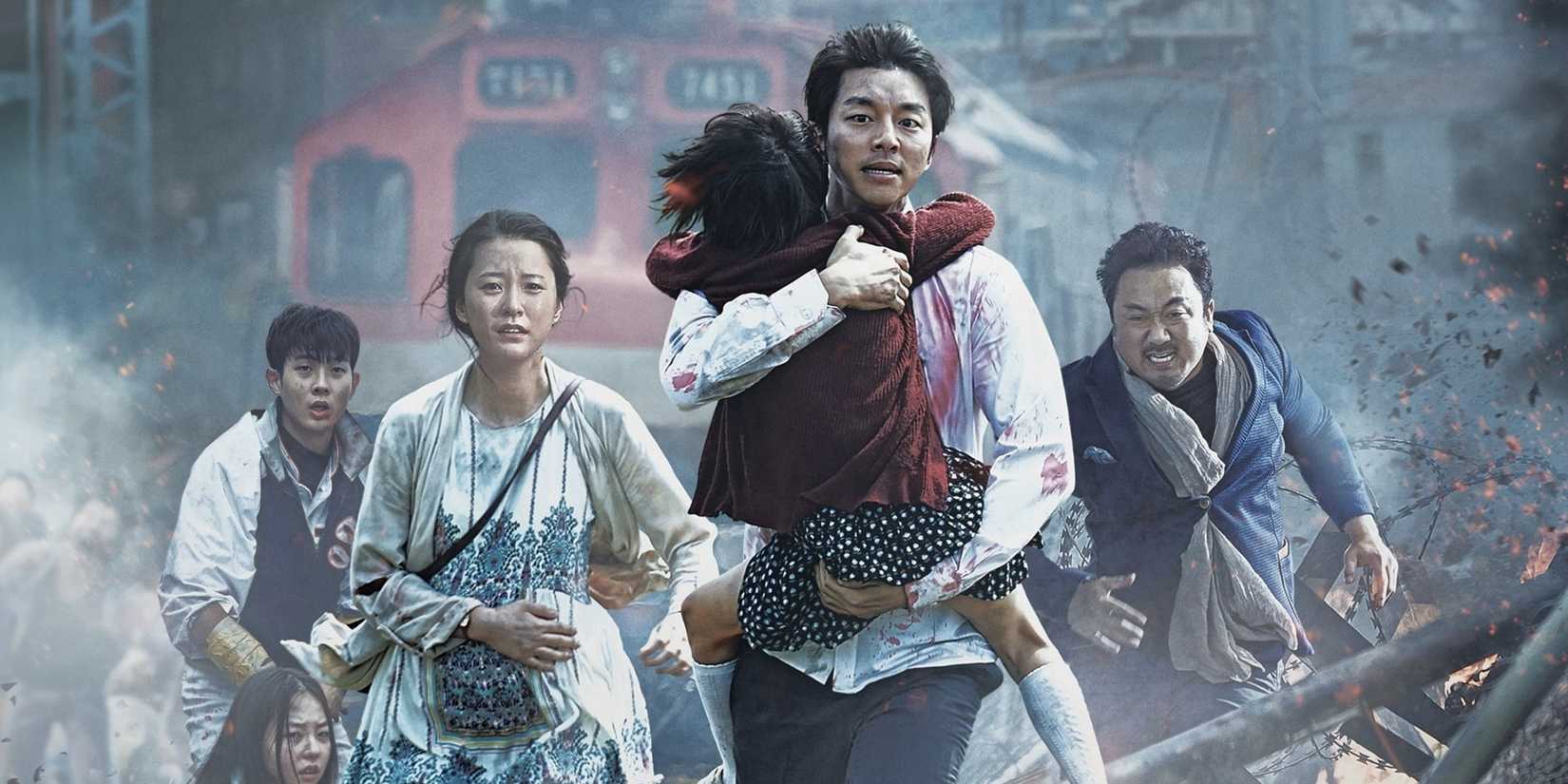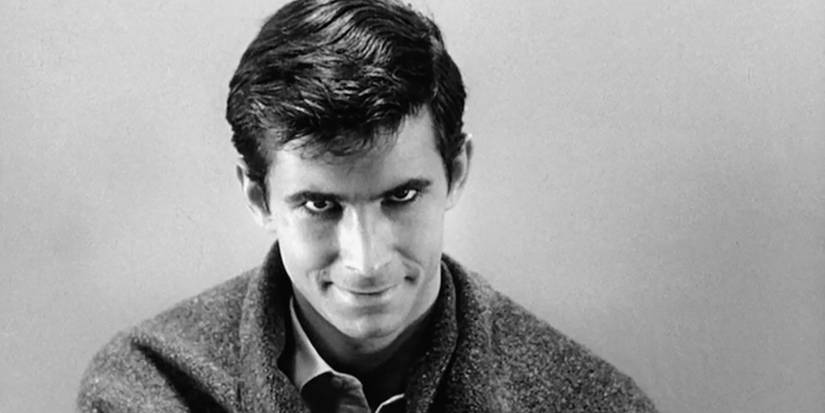Although it rarely receives the same critical accolades as other genres, horror has been at the forefront of every new advance in filmmaking. Dating all the way back to 1896’s French three-minute short, Le Manoir du Diable, or The House of the Devil, the art of scaring using the medium of cinema has existed. In that time, special effects have advanced, makeup looks more convincing, but the art of telling a frightening story has remained in top form for longer than a century.
Horror reflects the cultural fears of the time in which it was created, but certain entries in the genre are timeless examples of celluloid perfection. In the last 100 years, an esteemed collection of horror films has risen to an immortalized status among moviegoers. The following selection is the greatest horror movies of the last century, ranked by their impact on the genre and a flawless execution still appreciated today.
10
‘When Evil Lurks’ (2023)
In When Evil Lurks, the impending arrival of a frightening demon is sped up when a group of men meddles in forces they don’t understand. By mishandling a cursed body, the well-meaning group has unknowingly unleashed a supernatural presence into their community. As the residents of the small town become possessed by a spreading darkness, unthinkable acts of violence and horror will be a prelude to an evil of biblical proportions.
When Evil Lurks director Demian Rugna continues to impress, with his 2017 film Terrified standing as another must-watch film for horror fans who appreciate creepy, unexplained scares. A mixture of mysticism and startling violence, When Evil Lurks never allows the viewer to get comfortable in a moment, making the feeling of dread palpable throughout the runtime. Although set in modern times, the timeless nature of the story and the jarring moments of horror are sure to make When Evil Lurks a movie that ages like the best classic ghost stories.
9
‘Get Out’ (2017)
An exciting new age of horror was born with the release of Director Jordan Peele’s Oscar-winning feature film debut, Get Out. Chris (Daniel Kaluuya) travels out of the city with his girlfriend Rose (Allison Williams) to spend the weekend at her parents’ estate. Rose’s parents have a friendly demeanor, but Chris can’t shake the feeling that there’s something very wrong going on in the house, and if he were smart, he would get out.
A compelling central mystery added an unnerving tension that made the viewer initially question if something sinister was at play, or if this was Chris’s discomfort played for thematic effect. In the end, both would be true in a story that portrayed cultural appropriation as a physical takeover of the body. The financial and critical success of Get Out would usher in a new wave of horror movies that addressed social issues with the added benefit of studio backing.
8
‘The Shining’ (1980)
The Shining follows Jack Torrance (Jack Nicholson) as he relocates his family to the Overlook Hotel for a seasonal job as caretaker. The family believes they will be alone in the cavernous hotel, but the Overlook is also the home to a grotesque collection of malevolent ghosts. Young Danny Torrance (Danny Lloyd) has the psychic ability to see the horrors of the hotel’s past, but their fate could be his future after Jack is convinced by the ghosts to murder his family.
Although there are critics of The Shining’s methodical pace, the prolonged moments of silence and long shots of empty spaces put viewers into Jack’s chair to experience what he sees and feels day after day. When Jack begins to see ghosts, it’s unclear if they’re real or not, with only Danny’s perspective a reliable narrative source. The moment the atmospheric lulls give way to a brutal attack with an axe, Nicholson and the underpraised Shelley Duvall as his wife Wendy put on a masterclass of power and resistance to make an all-time great film.
7
‘Diabolique’ (1955)
The wife and mistress of an abusive man plot his murder in the French horror classic Diabolique. Christina (Vera Clouzot) lives a life of fear and humiliation with her husband, Michel (Paul Meurisse), but it’s Michel’s mistress Nicole (Simone Signoret) who convinces Christina that he needs to die. When they make the fatal plan a reality, the nightmare still doesn’t end after the spirit of Michel seems unfinished with the pair.
Even though the film was made decades ago, there is no purer example of effective psychological horror than the story told in Diabolique. Alfred Hitchcock attempted to secure the film rights for Diabolique, and although he was unsuccessful, he would credit the film as an inspiration for Psycho. For anyone who hasn’t seen it, don’t read anything that spoils the plot, and stream one of the greatest psychological horror films of the last century. The climactic sequence near the end remains one of the scariest in cinematic history.
6
‘Train to Busan’ (2016)
In Train to Busan, a busy Korean commuter train bound for Busan receives an unwelcome stowaway in the form of a person infected by a zombie bite. As the zombie plague spreads through the cramped passenger cars, the dwindling survivors will face hard decisions in order to survive. With no stop offering safety, the passengers have no choice but to see if the train’s final stop can offer them the salvation they’re seeking.
On paper, the plot of Train to Busan sounds like another zombie movie with the added gimmick of a train setting, but the film is profoundly deeper than that. There are zombies chewing flesh on the train, but more importantly, there is a father risking his life for his daughter, a young couple expecting a baby, and a myriad of sympathetic characters that make viewers root like hell for them to survive. Every horror movie worth recommending has at least one impressive set piece, but Train to Busan’s emotional stakes make each near-death encounter an exhausting but satisfying experience.
5
‘Bride of Frankenstein’ (1935)
Horror sequels were left with a tough act to follow after the release of Universal Pictures’ legendary Bride of Frankenstein. Picking up directly after the events of Frankenstein, audiences learn that the misunderstood but powerful monster (Boris Karloff) has survived and is fated to meet his maker once again. Elsewhere, Dr. Frankenstein (Colin Clive) has attempted to move from his dangerous experiment, but a manipulative colleague will send Victor back to the lab, this time to build a mate for his first creation.
The first Frankenstein does an excellent job of portraying the monster as a sympathetic figure, an abomination who did not choose his existence but is punished for it regardless. Bride of Frankenstein builds on this concept in a moving performance by Karloff that sees the monster face enough painful rejection until accepting an inevitable fate. In one of the earliest eras of horror, Bride of Frankenstein director James Whale made a clear and definitive statement that the genre could be more than jump scares; it could be an exploration of the human condition.
4
‘Halloween’ (1978)
Director John Carpenter had only directed one other film before creating his first masterpiece with the slasher, Halloween. The town of Haddonfield had almost forgotten about Michael Myers, the boy who killed his sister on Halloween night at the age of 12, but after years of captivity in a psychiatric hospital, an adult Michael has escaped. Returning home and ready to pick up where he left off, Michael finds his first victims: teenager Laurie Strode (Jamie Lee Curtis) and her friends.
Somehow, in one film, the basic structure of a slasher as we still know it was perfected, a horror icon in Michael Myers was introduced, and Jamie Lee Curtis made her big-screen debut. Carpenter understood that to scare people, Halloween didn’t need a high body count or gore — the horror was in the anticipation; the mounting tension as Michael nears a victim unaware of his presence. The less is more approach was a winning formula; it’s a wonder all the imitators to follow missed that detail.
3
‘Psycho’ (1960)
Alfred Hitchcock changed horror forever with his rule-shattering film Psycho. When Marion Crane (Janet Leigh) goes missing after stealing a sizable sum from her job, an investigation launches to track her down. The trail ends at the Bates Motel, where polite and shy Norman Bates (Anthony Perkins) knows more than he’s letting on, but he would do anything to protect his mother, Norma, from getting into trouble.
Even those familiar with the famed shower scene in Psycho can easily forget that, up to that point, Marion was the main character, and her death was an unfathomable plot twist. Marion’s violent death, although unseen, introduced a new level of viciousness to moviegoers who felt phantom pains at the screech of every orchestral string. In a stacked filmography of hits, Psycho would become Hitchcock’s most famous work and was selected for preservation in the National Film Registry for its significant contribution to the arts.
2
‘Night of the Living Dead’ (1968)
Without warning or reason, the dead begin to rise from their graves and attack the living in the genre-defining Night of the Living Dead. As night falls, a group of strangers takes shelter in a farmhouse, hoping they can keep the zombies at bay long enough to think of a better plan. However, while the horde around the house continues to grow in size, the odds of surviving to daylight are becoming increasingly unfavorable.
Director George A. Romero, in an attempt to make a profitable horror movie, overshot by creating the modern zombie genre, handing creators a new world to play in with a fascinating threat. Further cementing its legendary status, Night of the Living Dead is just as horrifying now as it was when it was released in 1968. A limited budget gave the film a startlingly gritty and real aesthetic, capturing a bleakness few movies manage to produce. However, it was the nihilistic tone that audiences connected with on a core level, making it a film they regularly revisit.
1
‘The Exorcist’ (1973)
When 12-year-old girl Regan (Linda Blair) becomes possessed by a demonic entity, her mother, Chris (Ellen Burstyn), seeks help in The Exorcist. After seeing Regan exhibit supernatural abilities, including levitating and speaking in an otherworldly voice, two Catholic priests, Father Merrin (Max von Sydow) and Father Karras (Jason Miller), proceed with an exorcism. In a climactic showdown of good vs evil, Merrin and Karras will do battle for Regan’s soul.
The Exorcist remains one of the most successful horror movies ever made, making more than $430 million on a $12 million budget and being the first horror movie to receive an Oscar nomination for Best Picture. The melding of horror and religious beliefs felt like a dangerous, blasphemous mixture, and even the act of watching it made those of faith feel complicit in The Exorcist’s creation. There is no greater horror than one steeped in sacred beliefs, and that, along with Regan’s grotesque transformation, ensured The Exorcist would traumatize audiences for decades to come.


















